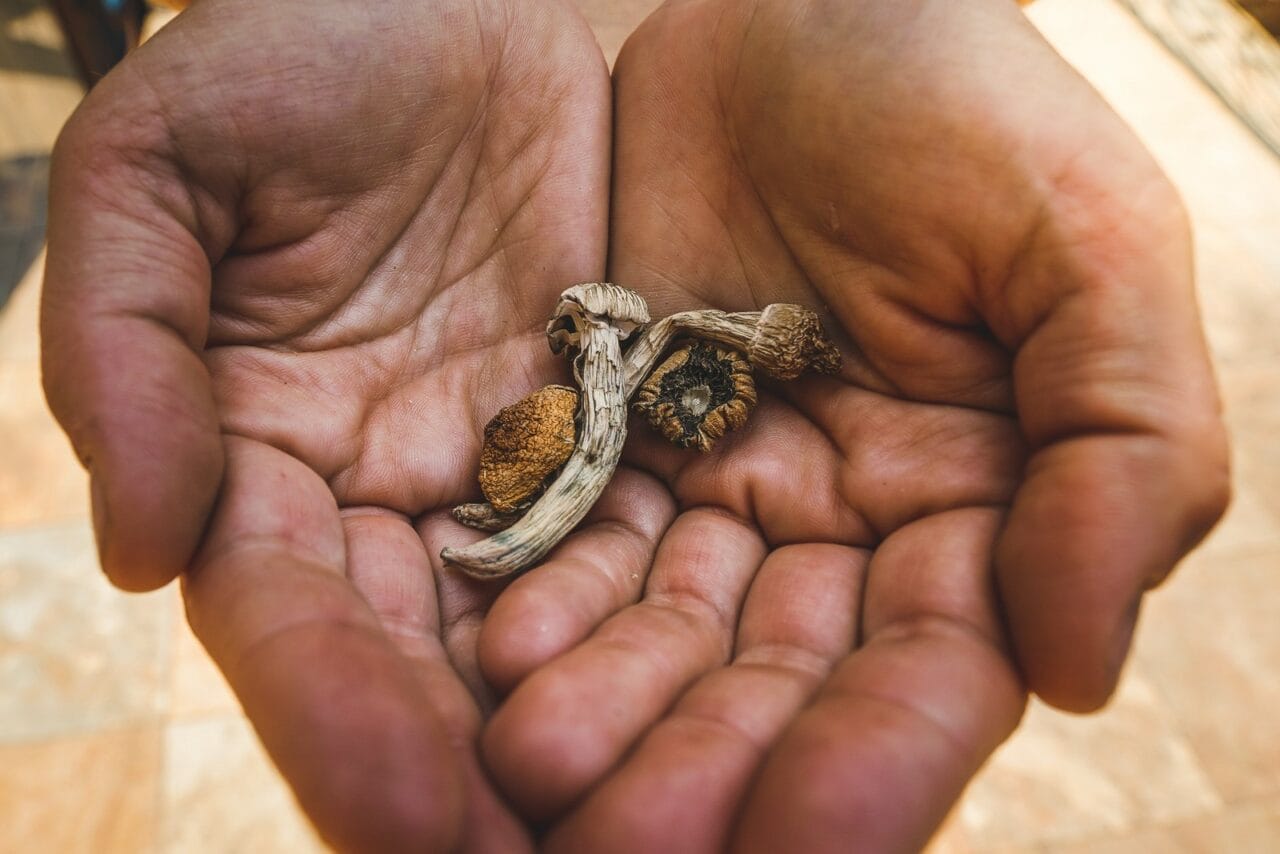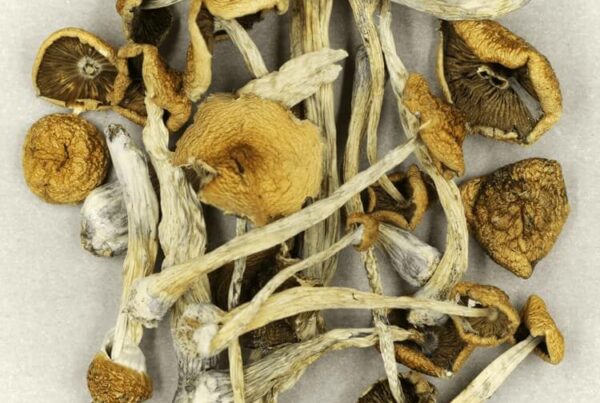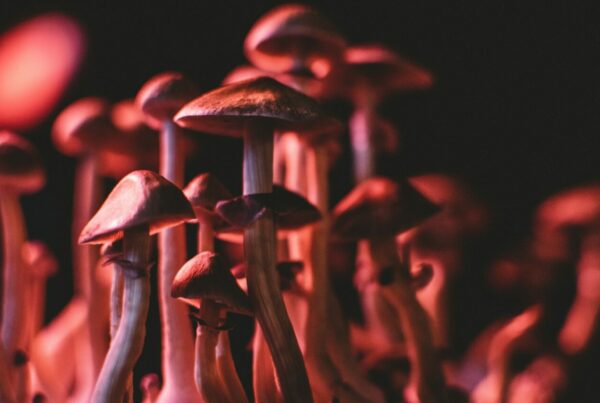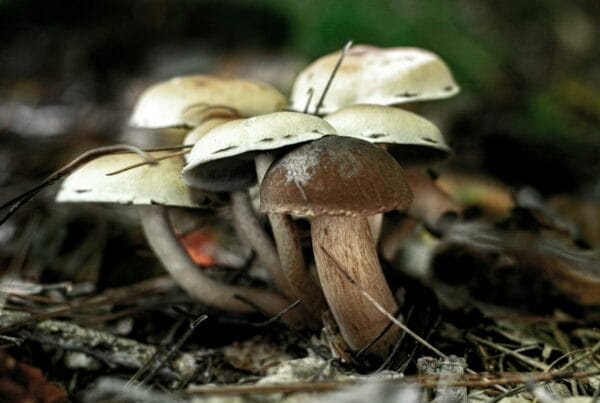Dried mushrooms are among the most sought-after psychedelics available today. If you’ve been considering trying them but are uncertain whether they’re the right fit for you, this guide might help.
It’s typical for novices to be unsure about which psychedelic to experiment with first. We’re here to elaborate on the unique aspects of dried mushrooms, and why they might be an excellent starting point for your psychedelic exploration.
[toc]Key Points:
- The primary ingredient in Psilocybe is the most extensively studied psychedelic for mental health applications due to its safety, low abuse potential, and brief duration of effects.
- The most common form is dehydrated Psilocybe, which retains potency and extends shelf life.
- Psilocybin stimulates the serotonin 5-HT2A receptor, leading to heightened perception, vivid imagery, complex hallucinations, and temporal distortion.
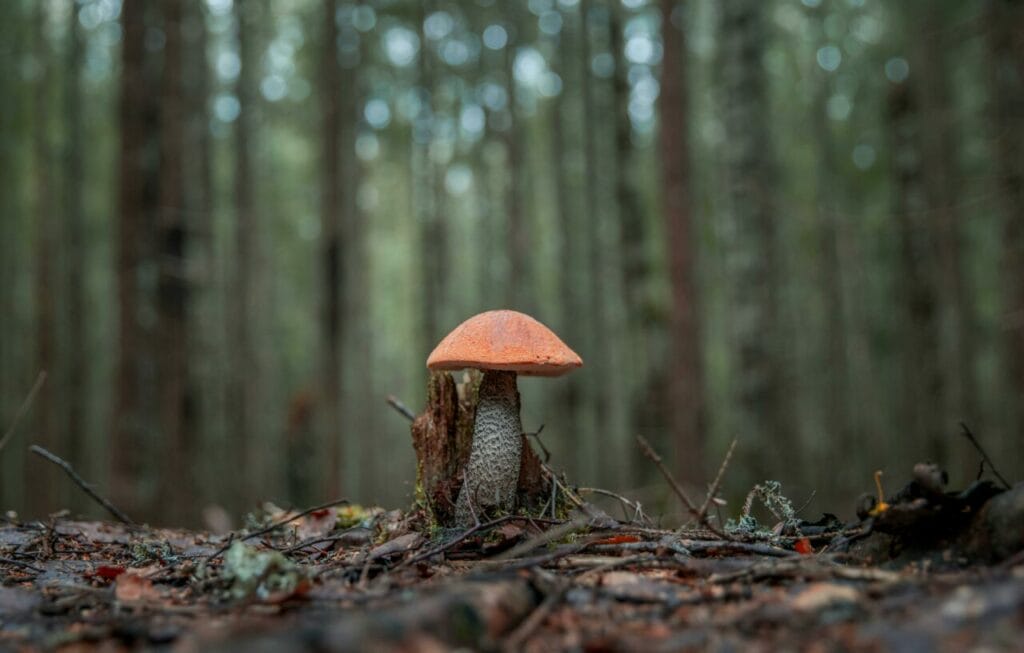
Psilocybin Mushrooms: Journeying Through the Psychedelic Mycology
A psilocybin mushroom contains the psychoactive substances, psilocybin and psilocin, which induce the hallucinogenic effects experienced by users. The most recognized species, Psilocybe cubensis, features a light brown cap, dark spots, and a distinctive shape. Various other species within the Psilocybe genus also generate these compounds.
Some toxic mushrooms that contain deleterious toxins resemble Psilocybe, which is why we strongly discourage mushroom hunting.
Historically, numerous mushrooms were fundamental to Central American spiritual ceremonies. Presently, their potential efficacy in treating mental health disorders, including substance use disorders, is under scientific scrutiny.
Preparation and Preservation: The Dehydrated Variant
The most accessible form of Psilocybe is the dried variety. Dehydration is essential for preserving potency and prolonging shelf life. Fresh mushrooms are usually dried using a food dehydrator or placed on a wire rack in a cool, dry area.
This process is crucial for removing excess Magic mushrooms, once thoroughly dried, can be stored for future use. This step helps prevent moisture build-up, which could lead to mould growth and a decrease in their effective compounds.
Follow this step-by-step guide to correctly dry and store magic mushrooms:
- Use a suitable food dehydrator or a wire rack to dry the mushrooms thoroughly.
- Keep them in sealed containers to safeguard their potency and inhibit excessive moisture.
- Store them in a dry, cool place to preserve their psychoactive properties.
- Avoid exposure to direct sunlight as it can cause degradation.
- Periodically inspect for mould or dark spots as these are indicators of spoilage.
Contrasting Psilocybe Cubensis with Other Psychedelics
Beyond dried mushroom products, other psychedelic products are readily available online. These substances elicit diverse effects on the body and can be administered in various ways. A number of these substances fall under the category of traditional hallucinogens, akin to psilocybin.
| Substance | Source | Physical Effects | Potential Therapeutic Uses | Duration |
| Psilocybin | Occurs naturally in more than 200 mushroom species | Improved perception, hallucinations, altered sense of time | Depression, Anxiety, PTSD, OCD, Cluster headaches, Alzheimer’s disease | 4-6 hours |
| DMT | Exists naturally in plants like Psychotria viridis | Deep spiritual experiences, visions, auditory hallucinations | Depression, Addiction | 15-30 minutes |
| LSD | Man-made, first produced by Albert Hofmann in 1938 | Heightened emotions, altered perception, auditory and visual hallucinations | Depression, Anxiety, Addiction, Cluster headaches, Alzheimer’s disease, Tourette’s syndrome, ADHD | 8-12 hours |
| MDMA | Man-made, initially synthesized by Anton Köllisch in 1912 | Increased serotonin, dopamine, norepinephrine, and possibly oxytocin release | PTSD, Autism spectrum disorder, Obesity, Narcolepsy, ADHD | 3-6 hours |
| Ketamine | Man-made, first synthesized by Calvin L. Stevens in 1962 | Anesthetic, induces psychedelic effects at high subanesthetic doses | Depression, Bipolar disorder, Anxiety, Suicidal ideation, Addiction, Autism spectrum disorder, Chronic pain, Arthritis, Fibromyalgia | 1-3 |
How Does Your Body Respond?
The operational mechanisms of each substance are hypothetical, based on the outcomes we’ve observed. These hypotheses offer some understanding into the potential effects of the substances, but they don’t provide a conclusive understanding of the underlying processes.
- Psilocybin: It activates the serotonin 5-HT2A receptor smoothly, resulting in enhanced perception, vivid images, detailed hallucinations, and time distortions. Additionally, it initiates changes in thalamic gating and increased activity in the prefrontal cortex.
- DMT: Its interaction with serotonin receptors is just one aspect of its overall impact; the complete range of effects is still not fully understood. The serotonin receptor is important, but it doesn’t entirely account for all the effects of DMT.
- LSD: It functions within the serotonergic system in the Dorsal Raphe, attaching to the 5-HT2A receptor as a partial agonist, and to the 5-HT1A receptor as a full agonist.
- MDMA: It triggers an immediate feeling of pleasure by enhancing the release of dopamine and serotonin.
- Ketamine: Its exact mode of action is unclear. Its antidepressant effect might be due to blocking NMDA receptors on neurons, but selective inhibition of NMDA receptors on GABAergic interneurons and suppression of AMPA receptors could also contribute.
What Are the Impacts of Psychedelic Mushrooms?
The psychological and physical responses can vary significantly based on dosage, environment, and the user’s psychological state. Typical experiences associated with psychedelic mushrooms consumption include:
- Visual and Auditory Hallucinations: Users may see patterns, colors, and shapes that don’t actually exist.
- Distorted Sense of Time: Time might seem to either speed up or slow down.
- Altered Perception: Sensory experiences may be intensified or distorted.
- Emotional Fluctuations: A wide range of emotions, from happiness to anxiety.
- Spiritual Revelations: Occurrences of a spiritual or mystical nature.
- Physical Effects: Such as increased heart rate and blood pressure, or sensations of nausea
When consumed responsibly, this substance is generally safe. However, inexperienced users who consume large amounts without proper preparation may experience unpleasant effects, often referred to as a “bad trip”. Experienced users might find higher doses more effective.
It’s easy to manage your experience with this substance. Choose a calm, quiet environment and enlist the help of a sober “trip guide”.
A Preferable Option Compared to Other Substances
Dried shrooms are often favored by medical professionals due to their long shelf life and easy dosage. They offer a shorter duration and more manageable intensity, making them a suitable option for those new to psychedelic therapy. They are also more natural compared to synthetic hallucinogens, with the exception of DMT.
Distinguishing the benefits of different compounds can be challenging as many clinical trials show similar outcomes, particularly between LSD and psilocybin. The latter is the most extensively researchedpsychedelic for mental health issues, owing to its excellent safety record, minimal risk of abuse, and brief perceptual effects.
Health Advantages
- This natural compound may help reduce “cognitive rigidity,” alleviate self-defeating thoughts, and promote self-compassion.
- In 2022, a study found that a single 25 mg dose reduced depression scores in individuals with treatment-resistant depression. A 2023 study reported significant and lasting decreases in depressive symptoms with the combined use of regulated substances and psychotherapy.
- A 2022 clinical trial found that psilocybin-assisted psychotherapy significantly reduced the number of heavy drinking days over eight months compared to a placebo.
- A 2017 study published in the American Journal of Drug and Alcohol Abuse suggested that two to three doses, when combined with cognitive behavioural therapy (CBT), enabled 10 out of 15 participants to quit smoking for a year.
- A 2022 pilot study published in Biological Psychiatry reported that four out of five patients with anorexia saw an improvement in their eating disorder symptoms after a single dose of shroom accompanied by psychotherapy. Additionally, two of them also reported a reduction in anxiety.
- Preparation Phase: This phase includes one or several sessions, each lasting 1-6 hours, with a therapist. These sessions aim to address your concerns, define your goals, and set clear expectations. They help build trust and create a safe environment.
- Dosing Phase: This phase lasts for 5-8 hours. During this phase, you will lie down wearing an eye mask, while listening to a pre-selected playlist. A therapist will be with you throughout the experience.
- Integration Phase: This phase involves follow-up sessions designed to assist you in understanding and making sense of your experience. These sessions are divided over several meetings, each lasting for a few hours.
Is buying shroom products more economical than other substances?
When compared with LSD products, dried mushrooms are considerably cheaper. For example, you can buy 3.5 grams for around $20. Conversely, LSD prices in gel tabs vary depending on the dosage. For instance, six tabs with a strength of 100 micrograms each might cost roughly $90.

